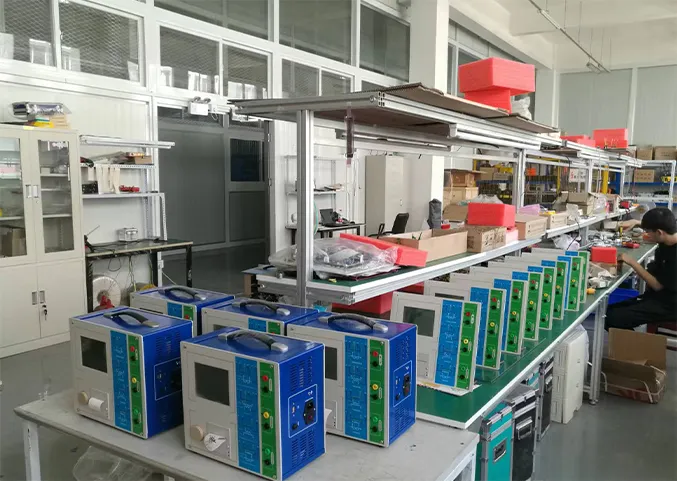 English
English



-
 Afrikaans
Afrikaans -
 Albanian
Albanian -
 Amharic
Amharic -
 Arabic
Arabic -
 Armenian
Armenian -
 Azerbaijani
Azerbaijani -
 Basque
Basque -
 Belarusian
Belarusian -
 Bengali
Bengali -
 Bosnian
Bosnian -
 Bulgarian
Bulgarian -
 Catalan
Catalan -
 Cebuano
Cebuano -
 China
China -
 China (Taiwan)
China (Taiwan) -
 Corsican
Corsican -
 Croatian
Croatian -
 Czech
Czech -
 Danish
Danish -
 Dutch
Dutch -
 English
English -
 Esperanto
Esperanto -
 Estonian
Estonian -
 Finnish
Finnish -
 French
French -
 Frisian
Frisian -
 Galician
Galician -
 Georgian
Georgian -
 German
German -
 Greek
Greek -
 Gujarati
Gujarati -
 Haitian Creole
Haitian Creole -
 hausa
hausa -
 hawaiian
hawaiian -
 Hebrew
Hebrew -
 Hindi
Hindi -
 Miao
Miao -
 Hungarian
Hungarian -
 Icelandic
Icelandic -
 igbo
igbo -
 Indonesian
Indonesian -
 irish
irish -
 Italian
Italian -
 Japanese
Japanese -
 Javanese
Javanese -
 Kannada
Kannada -
 kazakh
kazakh -
 Khmer
Khmer -
 Rwandese
Rwandese -
 Korean
Korean -
 Kurdish
Kurdish -
 Kyrgyz
Kyrgyz -
 Lao
Lao -
 Latin
Latin -
 Latvian
Latvian -
 Lithuanian
Lithuanian -
 Luxembourgish
Luxembourgish -
 Macedonian
Macedonian -
 Malgashi
Malgashi -
 Malay
Malay -
 Malayalam
Malayalam -
 Maltese
Maltese -
 Maori
Maori -
 Marathi
Marathi -
 Mongolian
Mongolian -
 Myanmar
Myanmar -
 Nepali
Nepali -
 Norwegian
Norwegian -
 Norwegian
Norwegian -
 Occitan
Occitan -
 Pashto
Pashto -
 Persian
Persian -
 Polish
Polish -
 Portuguese
Portuguese -
 Punjabi
Punjabi -
 Romanian
Romanian -
 Russian
Russian -
 Samoan
Samoan -
 Scottish Gaelic
Scottish Gaelic -
 Serbian
Serbian -
 Sesotho
Sesotho -
 Shona
Shona -
 Sindhi
Sindhi -
 Sinhala
Sinhala -
 Slovak
Slovak -
 Slovenian
Slovenian -
 Somali
Somali -
 Spanish
Spanish -
 Sundanese
Sundanese -
 Swahili
Swahili -
 Swedish
Swedish -
 Tagalog
Tagalog -
 Tajik
Tajik -
 Tamil
Tamil -
 Tatar
Tatar -
 Telugu
Telugu -
 Thai
Thai -
 Turkish
Turkish -
 Turkmen
Turkmen -
 Ukrainian
Ukrainian -
 Urdu
Urdu -
 Uighur
Uighur -
 Uzbek
Uzbek -
 Vietnamese
Vietnamese -
 Welsh
Welsh -
 Bantu
Bantu -
 Yiddish
Yiddish -
 Yoruba
Yoruba -
 Zulu
Zulu
autotitrators
The Role of Autotitrators in Modern Chemistry
Autotitrators represent a significant advancement in the field of analytical chemistry, providing researchers and industries with a reliable, efficient, and precise means of quantifying the concentration of substances in various solutions. These automated systems are designed to perform titrations with minimal human intervention, enhancing both the accuracy and reproducibility of the results. In this article, we will explore the functionality, benefits, and applications of autotitrators in modern laboratories.
Functionality of Autotitrators
An autotitrator automates the titration process, which traditionally involved a manual addition of titrants to analytes until a reaction endpoint was met. The key components of an autotitrator include a burette to dispense titrant, a pH electrode or other sensors to detect the endpoint of the reaction, and a data acquisition system to collect and analyze the results. The autotitrator is programmed to deliver precise volumes of titrant and can perform various types of titrations, including acid-base, redox, and complexometric titrations.
The integration of advanced software allows for real-time monitoring and adjustments, ensuring that the titration runs smoothly and efficiently. In many systems, users can customize parameters such as titrant concentration, volume increments, and endpoint detection criteria. This level of control makes autotitrators versatile tools that can be used for a wide range of applications.
Benefits of Autotitrators
One of the primary benefits of autotitrators is the significant reduction of operator error. Manual titration can be susceptible to human mistakes, such as misreading the meniscus or misjudging the endpoint. Autotitrators minimize these errors by providing precise measurements and consistent results, leading to enhanced reliability in analytical data.
autotitrators

Additionally, autotitrators increase throughput in laboratories
. They can perform multiple titrations simultaneously or consecutively, freeing up valuable time for chemists to focus on other tasks. The automated nature of these systems also means that they can operate overnight or during weekends, maximizing productivity without requiring continuous human supervision.Moreover, autotitrators improve data traceability and compliance with regulatory standards. They often come equipped with features like GLP (Good Laboratory Practice) compliance, which ensures that all processes are documented and that results can be audited when needed. This is particularly crucial in industries such as pharmaceuticals and food production, where accuracy and documentation are paramount.
Applications of Autotitrators
The applications of autotitrators are vast and varied. In the pharmaceutical industry, they are commonly used for quality control and formulation testing, ensuring that active ingredients meet required specifications. Environmental laboratories utilize autotitrators to analyze water samples for pollutants and contaminants, providing essential data for safety regulations.
In the food and beverage industry, autotitrators play a vital role in analyzing acidity levels, ensuring product quality and consumer safety. They are also employed in educational institutions, where they provide students with hands-on experience in analytical chemistry methodologies without the complexities associated with manual procedures.
Conclusion
In summary, autotitrators have become indispensable tools in modern chemistry laboratories. Their ability to enhance accuracy, increase efficiency, and ensure compliance makes them a valuable investment for any analytical operation. As technology continues to advance, we can anticipate even more sophisticated customizable functions and capabilities from autotitrators, further solidifying their position in the future of chemical analysis. Whether in pharmaceuticals, environmental testing, or food safety, autotitrators are shaping a new era of precision and reliability in analytical chemistry.
-
Ensuring SF₆ Gas Safety: Introducing PUSH’s Integrated SF₆ Analyzer for Dew Point, Purity, and Decomposition MonitoringNewsJul.10,2025
-
Exploring the Main Types of Industrial Endoscopes and Their Applications Across IndustriesNewsJul.04,2025
-
Testing Equipment Industry Sees Major Advancements in 2025: Smart & Precision Technologies Lead the WayNewsJun.06,2025
-
Applications of Direct Current Generators in Renewable Energy SystemsNewsJun.05,2025
-
Hipot Tester Calibration and Accuracy GuidelinesNewsJun.05,2025
-
Digital Circuit Breaker Analyzer Features and BenefitsNewsJun.05,2025



